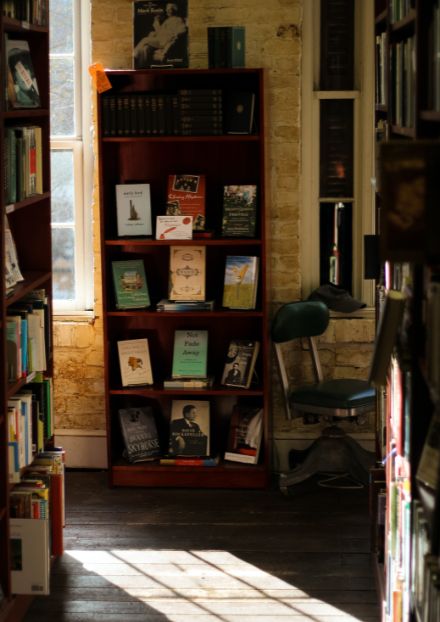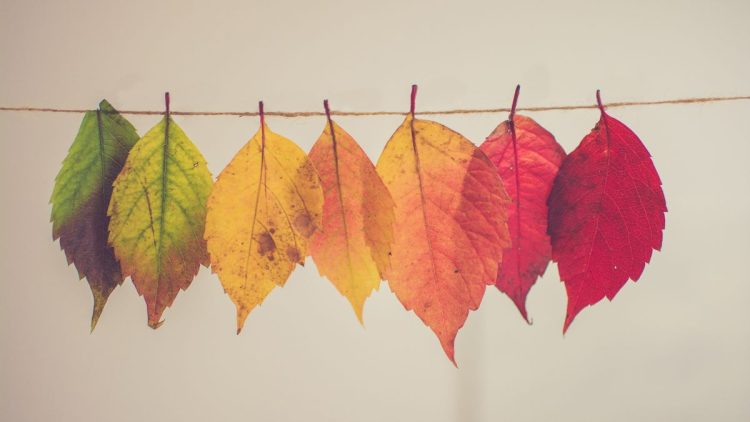Seasonal Reading: the habit of changing the type of books you are reading based on the current season. The seasons have been known to affect your mood, health and overall well being. You yourself may have noticed a difference in your mood from the hottest to coldest times of the year. Generally, people may feel more light hearted and ready for adventure in the summer, whereas the long winter months lend themselves to quieter, more introspective moods. So what’s to say that these seasons don’t have an impact on what you are reading as well?

Seasonal changes can lead to seasonal depression for many people, with several studies to back up this phenomenon. As the amount of sunlight we are receiving changes, it changes our behavior and health, both physical and mental.
When you live in a place where the summer and the winter are not dramatically different, you may not notice these changes quite as drastically. However, in climates where winter is several months long and nightfall occurs around 5 pm every day, these changes tend to be more pronounced. With these shifts, readers often find themselves in the mood for specifics genres or themes. Reflecting the changing weather outside, the amount of time spent indoors, and how one’s body adjusts to the lack of sunlight, luckily fiction exists in many forms in order to help keep folks entertained.

Growing up, I lived in an area that experiences fewer shifts with its seasons. While it sometimes dips below freezing in winter and above 25 degrees in the summer months, we did not really see much in the way of changing leaves or experience a winter where the snow lingered for months. But after moving to a city where the winter hits full force leaving piles of snow higher than my knees, I felt that I started to experience seasonal reading and mood shifts myself. Having so much snow and so little daylight meant way more time spent indoors under blankets to keep warm. I was in no mood to read cute little adventure book; instead I craved stories with a little more cold and misery.
In contrast, summer typically means beach reads, romance novels, and light hearted adventures on everyone’s shelves. These sorts of stories are great, light reading for warm days, whereas winter usually bring over longer and heavier books, with darker themes and longer plot lines. These books are great for curling up next to a fireplace or under a blanket with a cup of tea. These seasonal reads overlap in the fall with the cozy mystery type of novel, slowly getting us out of the summer reads and into our winter reads.

Matching the mood of the book to the behavior people are exhibiting during the changing seasons, book stores often use this seasonal shift to keep people interested in reading throughout the entire year. If you are spending more time outside than inside, chances are you want a lighter book to carry around. But if you are spending more time cooped up inside, there is no reason to not grab that series where all the books are massive – you have the time to devote to reading them.
Along with the size and amount of details and plot the story has, the genre shifts with the summer as well. When winter comes around people aren’t lining up to grab that comedic, light hearted romance novel. They are instead grabbing books that are intense and exciting as they can be; probably to help distract from the lack of sunlight.
What are your thoughts on seasonal reading? Have you noticed the seasons impacting what you buy and what is being offered in book store displays? Let us know!















